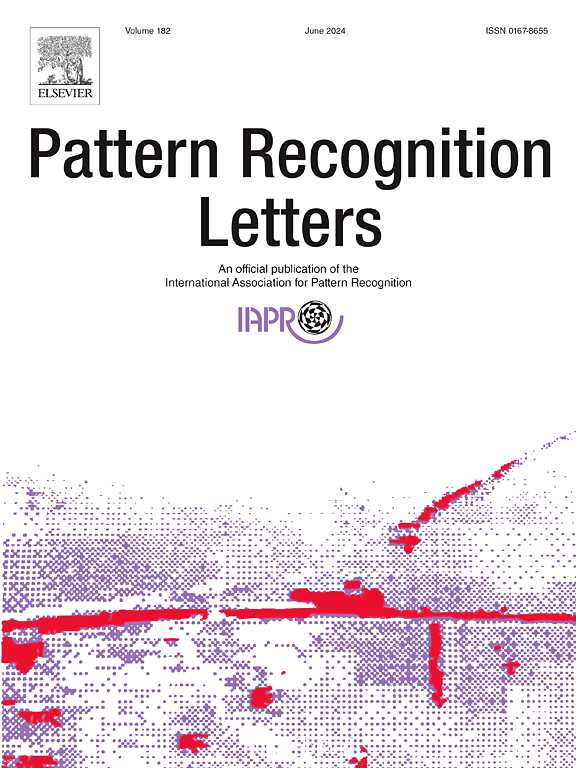InDeepFake:一个新颖的多模态多语言印度深度假视频数据集
IF 3.3
3区 计算机科学
Q2 COMPUTER SCIENCE, ARTIFICIAL INTELLIGENCE
引用次数: 0
摘要
生成式人工智能的最新进展导致了在线数字内容可信度的下降,在人类社会的各个层面都是如此。尽管大众媒体对深度造假所暴露的严重风险以及人类意识的相对缺乏进行了大量讨论,但基于深度造假的非法活动在世界各地呈上升趋势。印度作为一个国家,近年来报道的深度造假案件迅速激增,新闻频道和媒体充斥着金融欺诈、个人恩怨和虚假政治宣传的案件,尤其是在全国和各邦选举之前。事实可能证明,这不利于印度的民主未来,表明未来几天迫切需要高效的深度伪造探测器,专门用于调查和解决印度的深度伪造案件。考虑到印度语言和民族的多样性,这项任务尤其具有挑战性。基于这一动机,在我们的工作中,我们为印度人口开发了一个广泛的深度假数据集。据我们所知,这是第一次报道这样的努力。我们已经开发了一个多模态音频-视频深度假数据集,使用七种主要的印度语言,以及七个最先进的(SOTA)深度假生成器,涵盖了广泛的年龄和性别多样性。我们在提出的数据集上评估了SOTA检测器的结果,以突出其在进一步多模态深度伪造研究中的相关性。我们已经开源了数据集和代码来实现基线方法:https://github.com/arnabdasphd/InDeepFake。本文章由计算机程序翻译,如有差异,请以英文原文为准。
InDeepFake: A novel multimodal multilingual indian deepfake video dataset
Recent advancements in Generative AI have resulted in decline of online digital contents credibility, at all levels of the human society. In spite of numerous discussions in popular media on the grave risks exposed by deepfakes and the relative lack of human awareness, deepfake based illegal activities are on the rise all over the world. India as a nation has seen rapid surge in deepfake cases reported in recent times, with news channels and media flooded with cases of financial fraudulence, personal vendetta, and false political propaganda, especially before the national and state elections. This can prove detrimental against the democratic future of the nation, indicating a serious need for efficient deepfake detectors in the coming days, tailored to investigate and solve Indian deepfake cases. The task is particularly challenging given the great linguistic and ethnic diversity of India. Based on this motivation, in our work, we develop an extensive deepfake dataset for the Indian population. To the best of our knowledge, this is the first such effort that is reported. We have developed a multimodal audio–video deepfake dataset, in seven major Indian languages, and seven state-of-the-art (SOTA) deepfake generators, covering a wide range of age and gender diversity. We evaluated SOTA detector results on the proposed dataset, to highlight its relevance in furthering multimodal deepfake research. We have open-sourced the dataset and code to implement the baseline methods at: https://github.com/arnabdasphd/InDeepFake.
求助全文
通过发布文献求助,成功后即可免费获取论文全文。
去求助
来源期刊

Pattern Recognition Letters
工程技术-计算机:人工智能
CiteScore
12.40
自引率
5.90%
发文量
287
审稿时长
9.1 months
期刊介绍:
Pattern Recognition Letters aims at rapid publication of concise articles of a broad interest in pattern recognition.
Subject areas include all the current fields of interest represented by the Technical Committees of the International Association of Pattern Recognition, and other developing themes involving learning and recognition.
 求助内容:
求助内容: 应助结果提醒方式:
应助结果提醒方式:


